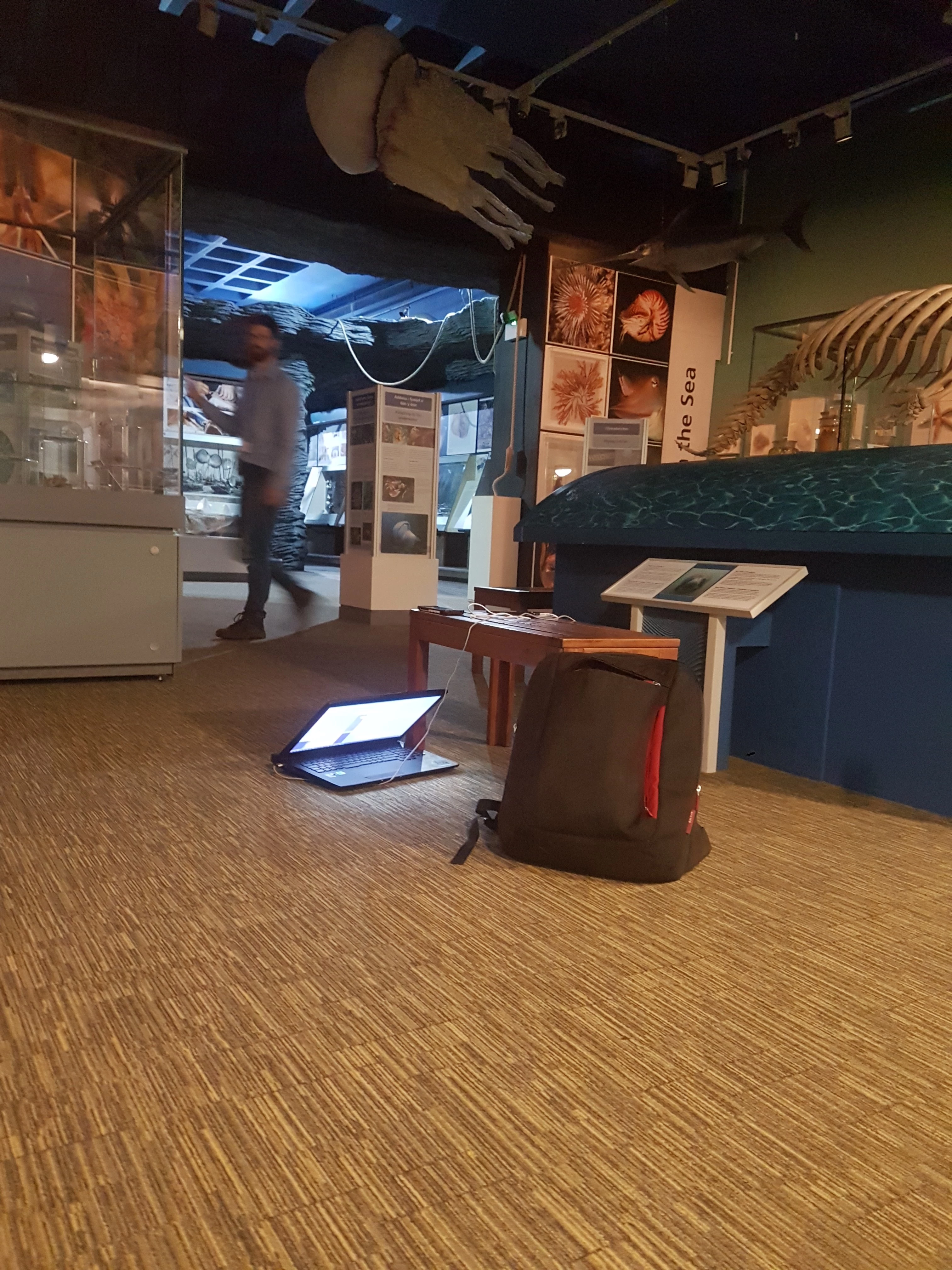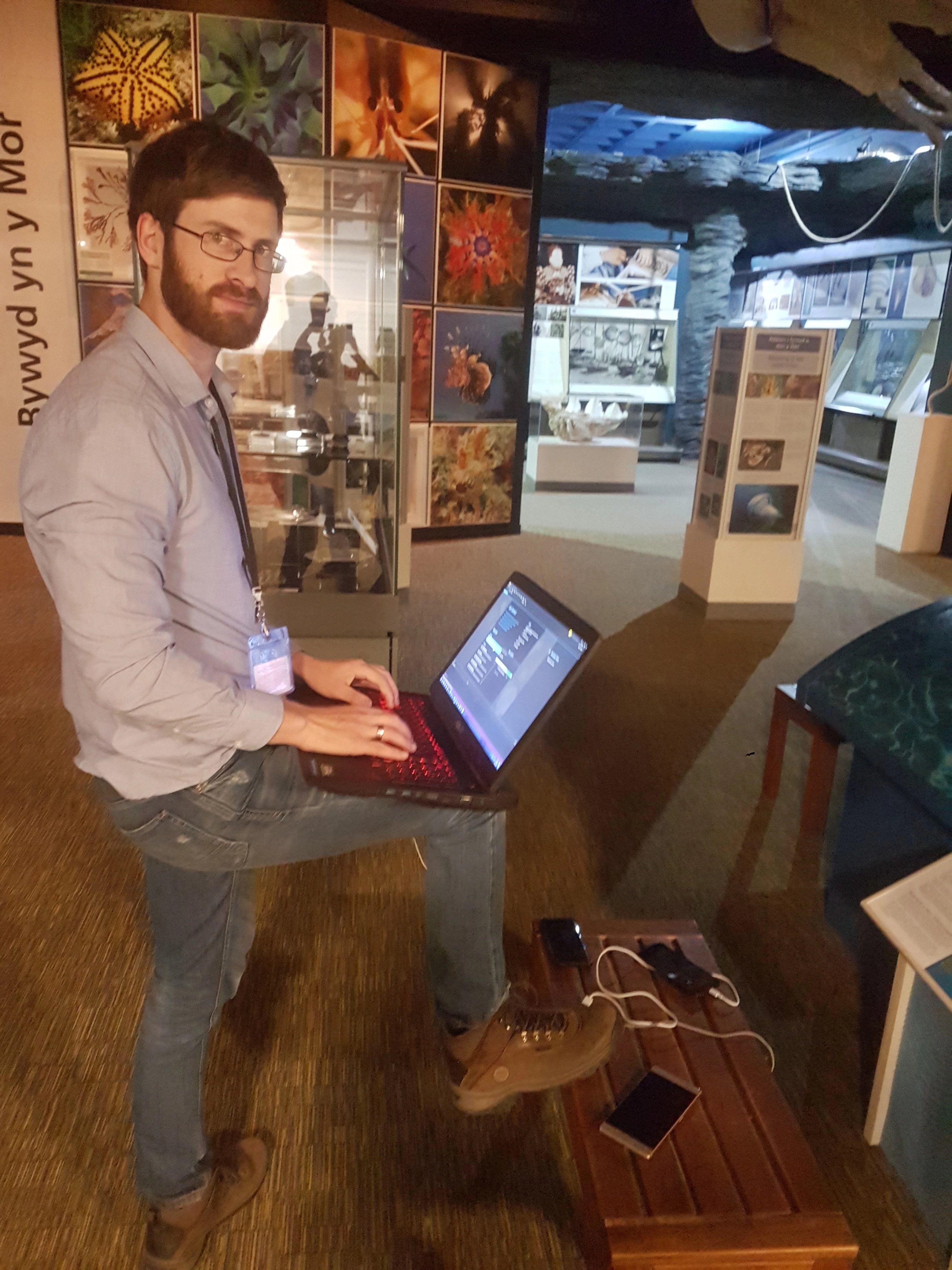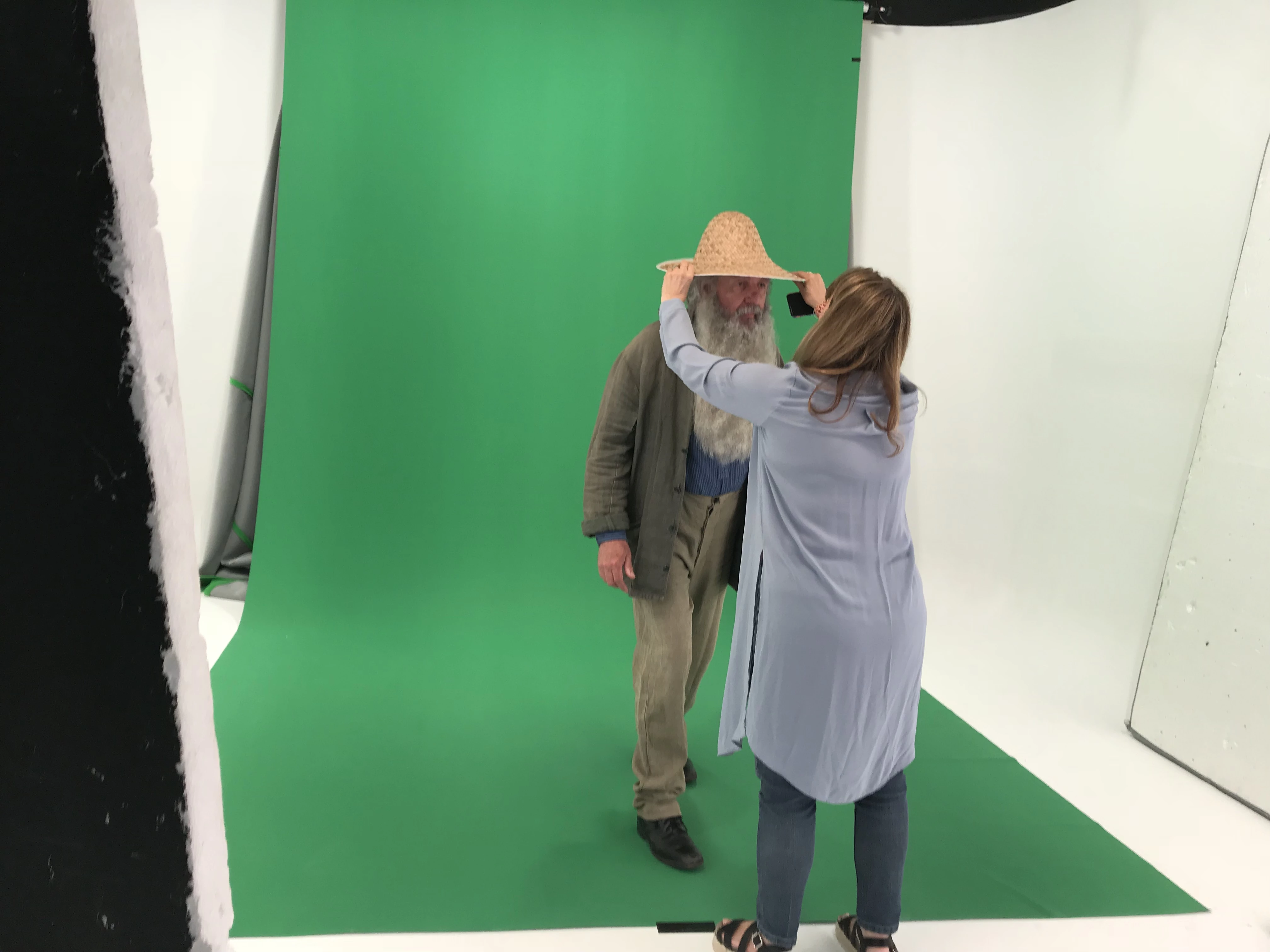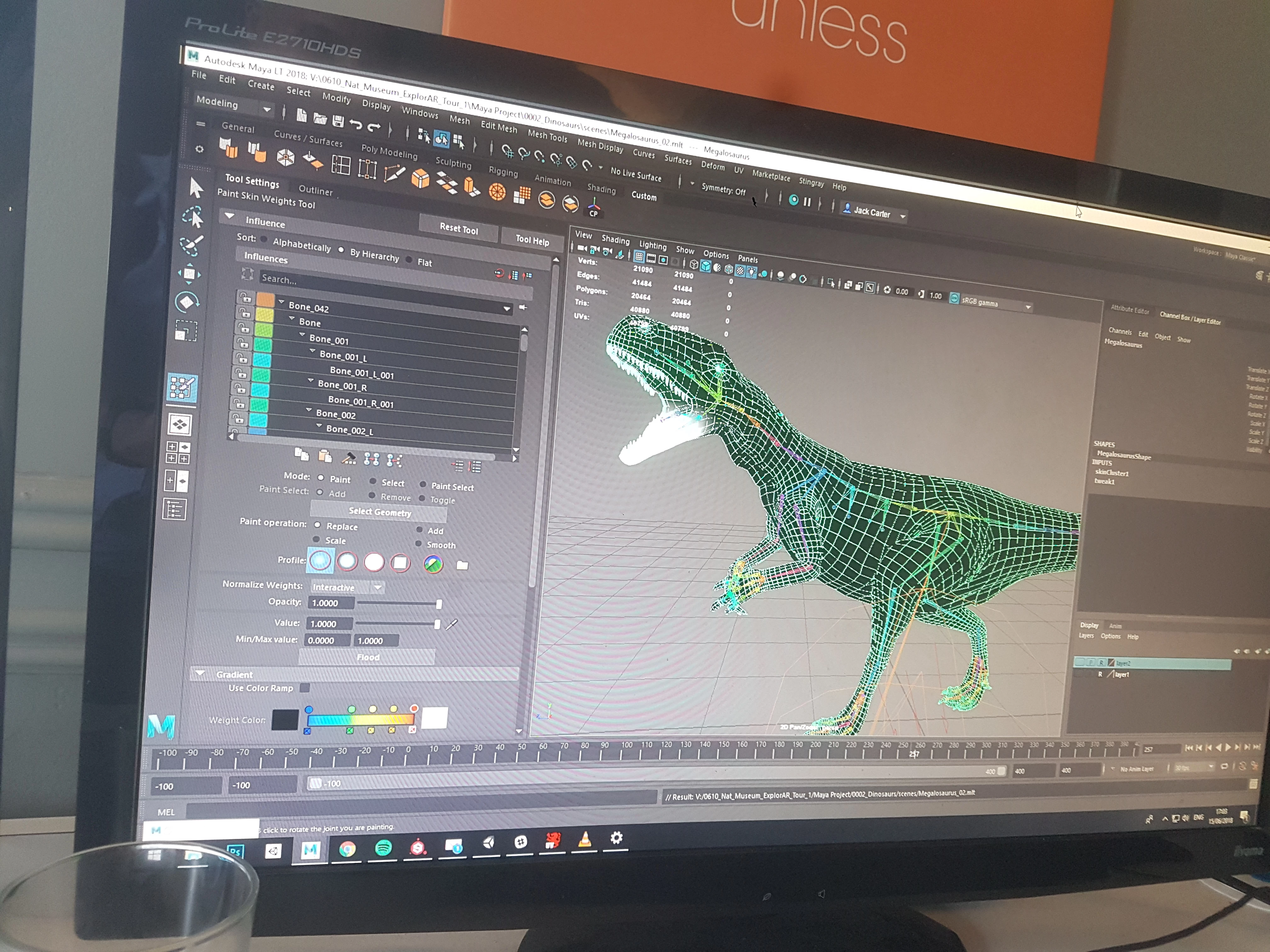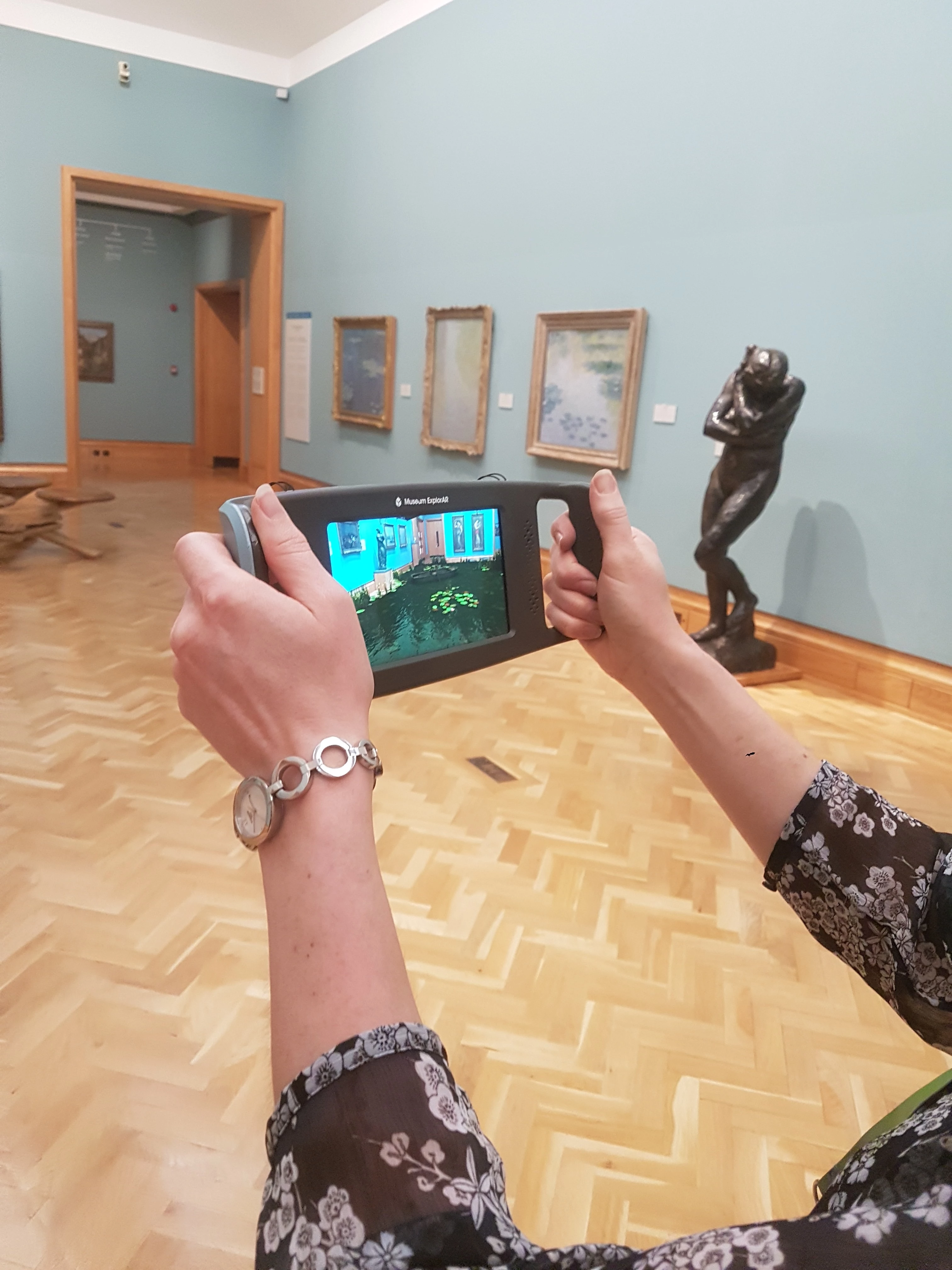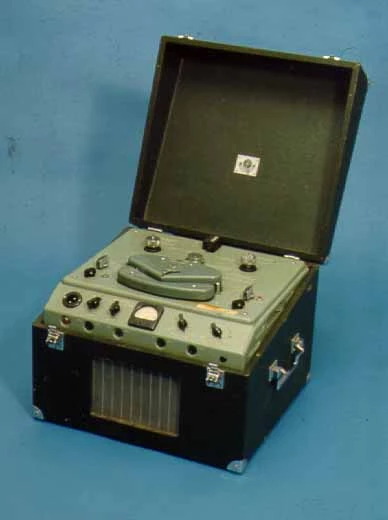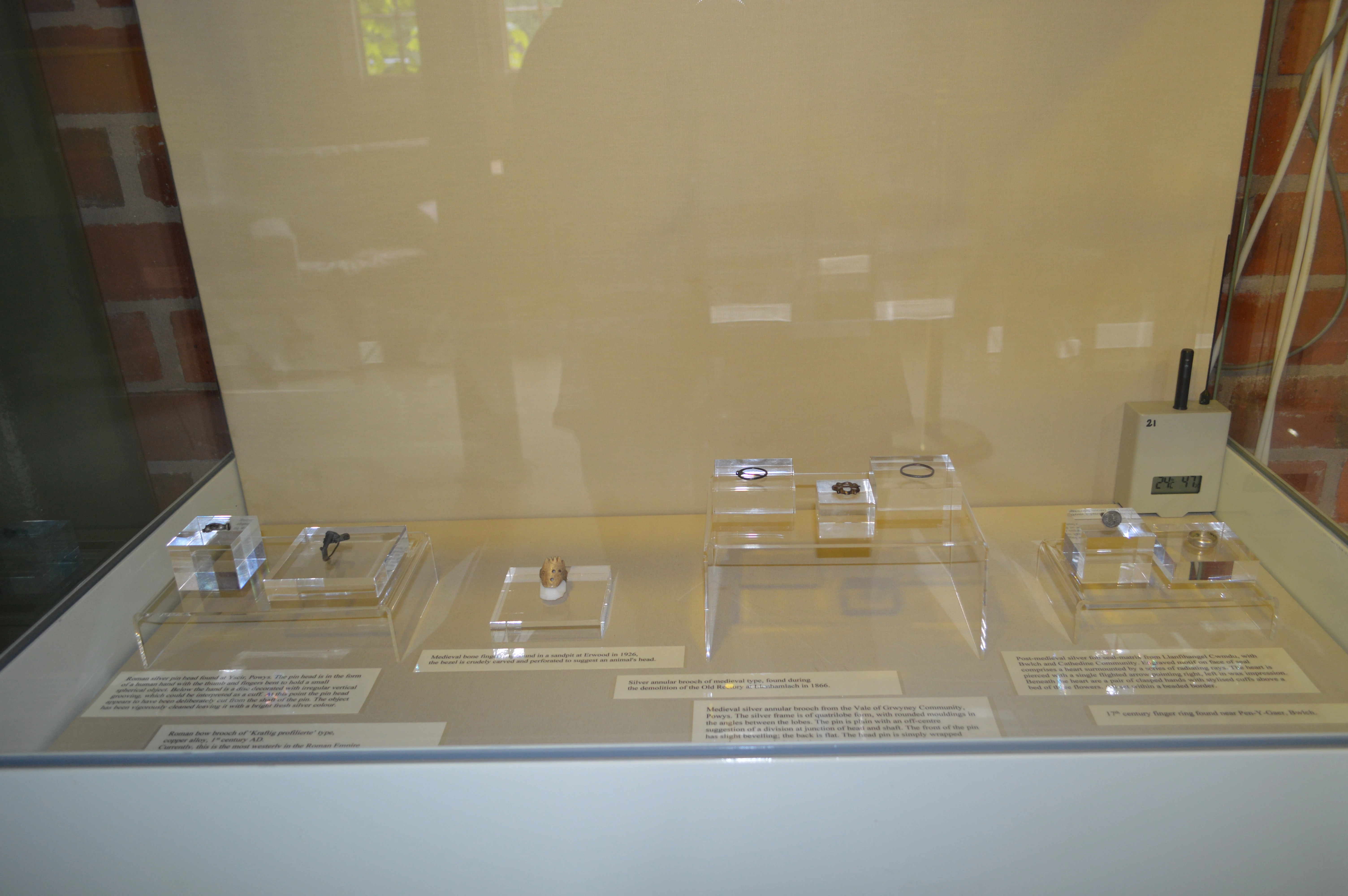Archaeological Jewellery at Powysland Museum
, 16 August 2018
Part 2, Working with our community partners.
Powysland Museum is working with the National Museum’s Saving Treasures; Telling Stories on an Archaeological Jewellery project.
In this update we hear from some of their community partners.
Welshpool Camera Club
The club has around 40 members of all abilities, from pros, advanced, to amateurs, who all ‘club together’ to ensure members’ photographic skills are challenged regardless of technical ability. They look at mastering camera techniques through hands on experience and invite speakers to give presentations.
With many of the archaeological jewellery pieces in Powysland Museum’s project being small, with delicate decoration, it was obvious that the project needed the expertise of good photographers to capture the details and refinement of the pieces.
Powysland Museum was therefore delighted when the Camera Club agreed to be one of the project’s community engagement partners.
The club’s members have got up close and personal with some of the objects and have taken some great close-ups, which have fed into the museum’s work with the other community engagement partners.
Welshpool Young Carers
Welshpool Young Carers are a group of young people who look after and care for one or more members of their family on a full-time basis. Alex Sperr, the project’s community engagement officer, ran a workshop with the group, which produced a delightful and colourful display.
The workshop focussed on the art of the museum display. A display is often the only chance you have for capturing the attention of your intended audience.
It must grab audience members at first glance, hold them there to see what it offers and persuade them to further explore the museum and the artefacts on display.
A display can be used to tell part of an object’s history, and in this workshop we focussed on making jewellery and displays for the Saving Treasures exhibition at Powysland.
The group first visited the Saving Treasures jewellery exhibit, looking at the ways in which objects are displayed.
Exploring how to display rings in the exhibition, the group then made Plaster of Paris hands by using rubber gloves as moulds. Casts of the children’s hands were made using plaster bandage or modroc, and rings were made using recycled materials.
The children then set up their displays as they would like to see them in the exhibition, along with their names.
Buttington-Trewern School
Local poet and writer Pat Edwards has run the “Off the Page” young creative writers’ club at Powysland Museum and is also runs the annual Welshpool Poetry Festival. Her quirky and exciting mind was guaranteed to engage the children.
Pat visited the museum to work with all the junior classes. The children were shown the archaeological jewellery and were even allowed to touch and hold some of the sturdier artefacts – obviously while wearing white, cotton gloves!
This was a unique opportunity for the children to see the objects outside their usual display cases.
Pat Edwards then discussed the theme of jewellery with the children, helping them develop ideas and create stories, poems, posters and other written works involving one or more of the museum objects. Some of the results and photographs from the sessions are on display.
Together with Pat, the museum is planning to develop this creative experience by offering writing classes at the museum during the exhibition period, where visitors can seek inspiration from the objects and practical help from Pat to write and tell their own stories.
The Archaeological Jewellery exhibition runs at Powysland Museum until September, after which you can catch it at Radnorshire and Brecknock Museums.





